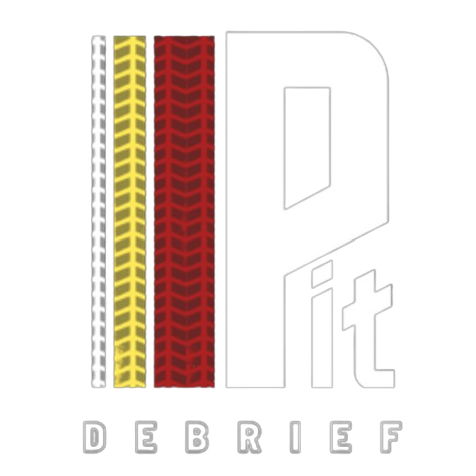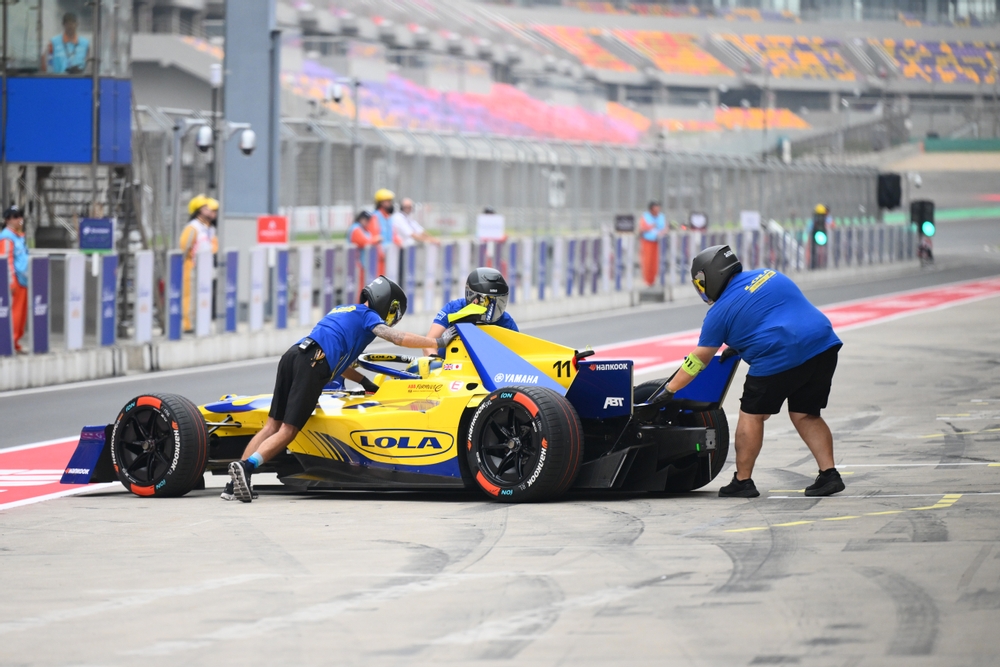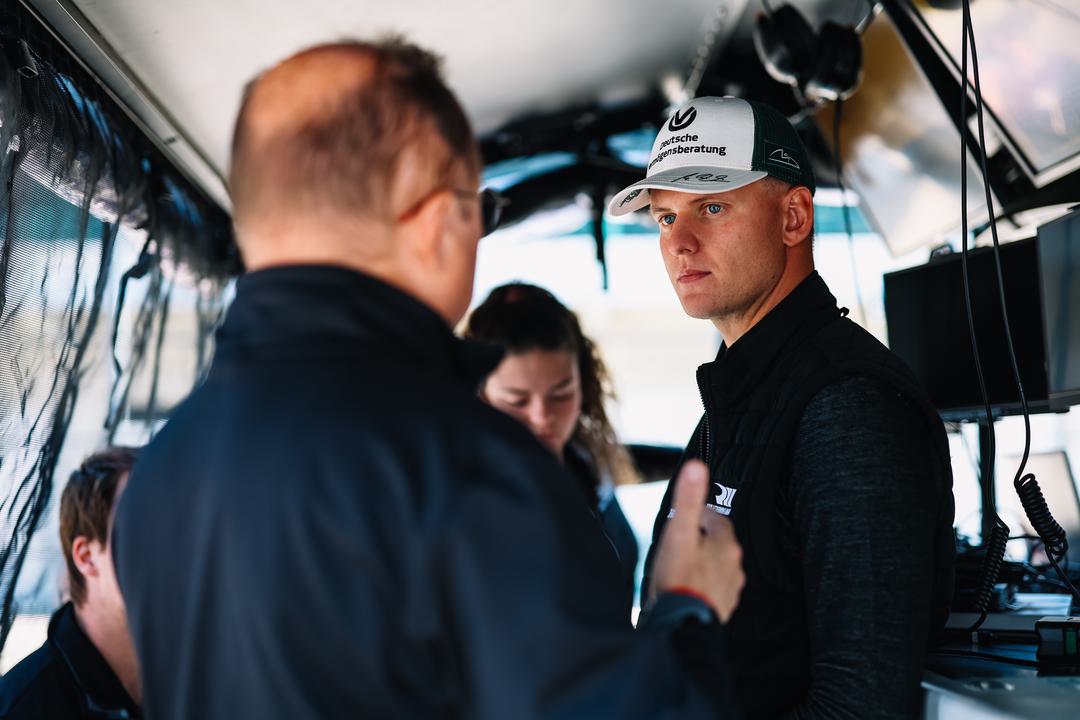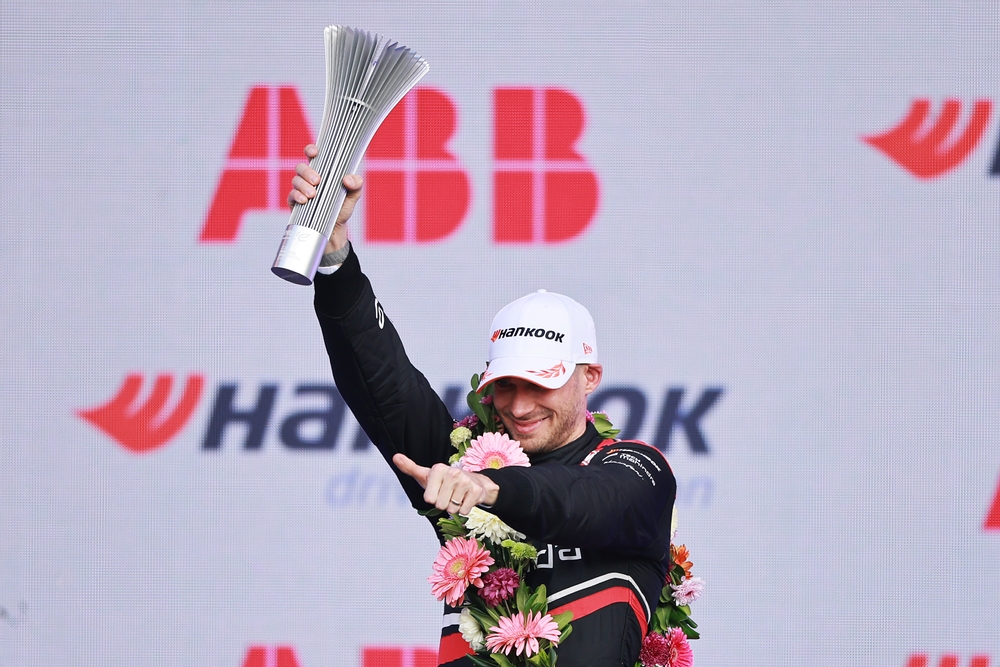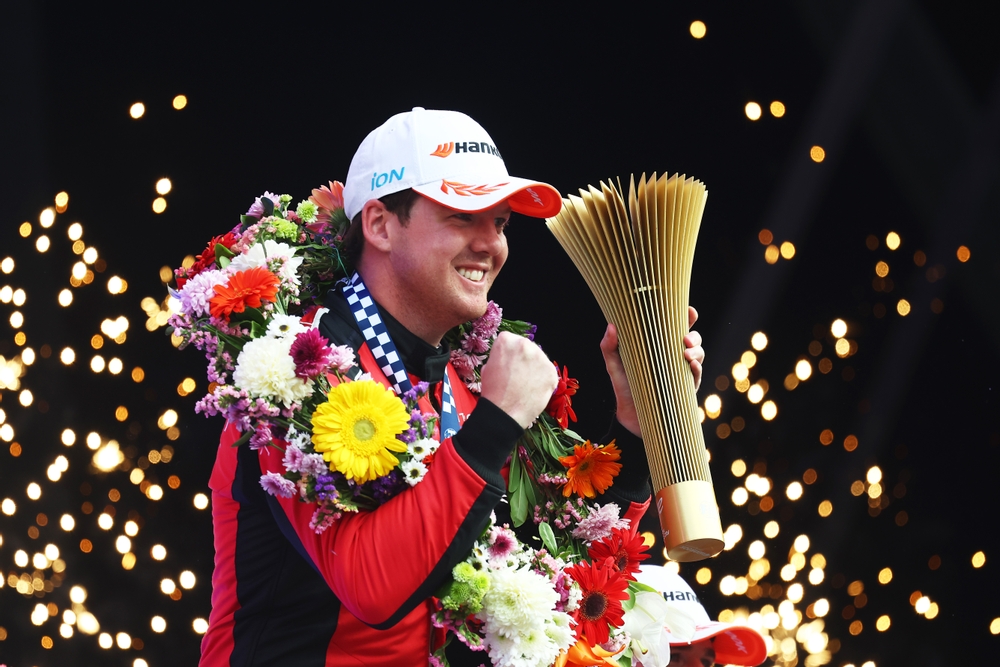As Formula E gears up for the 2025 Berlin Rookie Test on Monday 14 July, veteran racer and former champion Lucas di Grassi has shared insight into its importance—not just for young drivers, but for the wider motorsport industry. The test, held at the Tempelhof Airport Street Circuit immediately following the Berlin double-header, offers a rare glimpse into the next generation of professional drivers hoping to make the leap into the all-electric championship.
Lola Yamaha ABT will field two rookies during the private test: Hugh Barter, the team’s simulator driver, and Alessandro Giusti, a rising star in junior single-seaters. Although the opportunity is brief, it is a crucial one. Di Grassi, who has been part of Formula E since its inception, believes it provides both practical experience and career-altering exposure.
“Zane is not a rookie anymore”
While previewing the upcoming Formula E Berlin Rookie Test, Lucas di Grassi, in an exclusive interview with Pit Debrief, reflected on the development of his team-mate, Zane Maloney, who is completing his first season in Formula E with Lola Yamaha ABT.
“Zane is not a rookie anymore. He’s been racing now the whole year and he’s tested many times with Andretti so he’s a quick driver and he’s learning fast and he’s a great add to the team but definitely not a rookie anymore.”
Although Maloney will continue to be considered a rookie until the conclusion of the season in London, his full-time campaign has already provided him with significant experience. Di Grassi’s remarks underscore the pace at which Maloney has matured in the high-pressure world of all-electric racing.
Instead, the spotlight on Monday 14 July will fall on two new faces joining the team for the Berlin Rookie Test: Hugh Barter and Alessandro Giusti. Among them, Barter is already familiar with the inner workings of the team in his role as simulator driver.
“We have two rookies, one of them is our sim driver, Hugh Barter, and he has been doing a great job in the sim so hopefully he can have a feel for the car and then help us to improve the car and help to correlate that with the simulator.”
Correlation between the simulator and the real-world car is critical for Formula E teams, given limited testing and highly energy-dependent race strategies. Barter’s hands-on experience will help validate simulator feedback while providing valuable development data to the team.
A crucial development opportunity
Formula E has established itself as a championship with one of the most competitive grids in motorsport, making its few testing windows extremely valuable. Di Grassi reaffirmed that giving young drivers a chance in these sessions is essential for the growth of both talent and the sport.
“I think the rookie test is important to give the young drivers some opportunities.”
The Berlin test takes place on a unique surface: former aircraft taxiways comprised of large concrete slabs. Combined with unpredictable spring weather, aggressive tyre degradation, and the technical challenge of energy management, the conditions will challenge even the most skilled junior drivers.
As the third consecutive Berlin-based rookie test, this year’s edition continues a growing tradition. Previous tests were held in Marrakesh, but the German capital has become a proving ground for future stars. With energy strategy, tyre performance, and track adaptation all playing pivotal roles, the event acts as a microcosm of Formula E’s demands.
The harsh reality of professional racing
When asked about the broader context of motorsport careers, di Grassi gave a candid assessment of the challenges young drivers face—especially those aiming for Formula 1.
“Honestly, it’s tight for anything if you want to be a professional driver. I could say that there are maybe a hundred drivers in the world that are professional and the others they pretty much either race for free or pay to race.”
The statement underlines the scarcity of full-time, salaried race seats across global motorsport. While Formula 1 remains the pinnacle for many, the limited number of spots and soaring costs mean few can realistically aim for that route. Formula E, on the other hand, offers an alternative that is increasingly competitive both in terms of sporting challenge and financial reward.
“So how many spots does football have?” di Grassi said. He continued, “So, a hundred spots in the world of racing is very few. So, Formula E stands nowadays I would say as in terms of average probably as second or third most best paid championship for drivers, for professional drivers.”
Formula E as a viable career path
Di Grassi’s advocacy for Formula E as a career platform is not unfounded. The series offers competitive salaries and global exposure, all while pushing forward the future of electric vehicle technology. It has rapidly evolved from an experimental championship to one of motorsport’s most respected stages.
“So, I do not see why the young drivers will not want a career in Formula E if they do not manage to go to F1. But Formula E is clearly on top of the list. It pays more than WEC, it pays more than I would say average IndyCar. You need some money to start, so you need to raise money to start. If you do well, it’s quite good. And then Rally and NASCAR are completely different animals.”
Di Grassi’s comments shed light on the growing perception shift. Formula E is no longer simply a fallback plan for drivers who miss out on Formula 1. It is now a legitimate and attractive destination in its own right.
Building the industry, not just drivers’ careers
In closing, di Grassi emphasised that Formula E’s impact extends far beyond the drivers alone. The rookie test is not merely about evaluating talent—it is a reflection of a wider commitment to industry growth.
“I think Formula E is a great addition for the drivers market and one of the things I’m proud of to have started [in] Formula E and to open up 20 [plus] seats for drivers to get paid, not only drivers but also engineers, media, marketing. I think Formula E is a great platform and should be, honestly, should be more appreciated by people in the sport because it creates so many jobs for so many people.”
Formula E’s Rookie Test, while brief, symbolises an ever-expanding ecosystem of opportunities. For young talents like Hugh Barter and Alessandro Giusti, Monday’s outing at Tempelhof may mark the beginning of a professional chapter—one that di Grassi and others have worked tirelessly to create and protect.
In a sport where opportunities are few and the barriers are high, di Grassi believes that the Berlin Rookie Test stands as a vital gateway.
